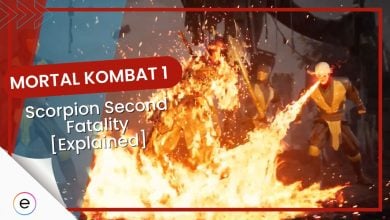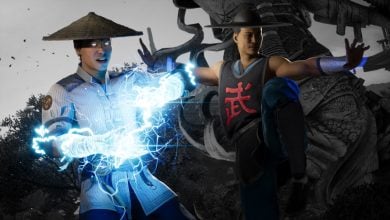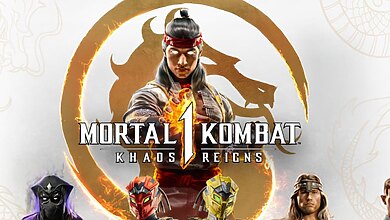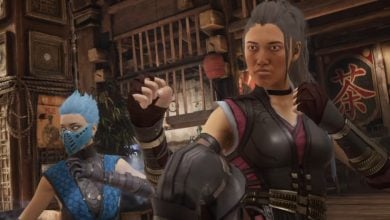Mortal Kombat 1 Review
Overall
-
Story And Setting
-
Gameplay
-
Visuals And Performance
Verdict
Mortal Kombat 1 is a triumphant return to form for the franchise, and it’s the most innovative the series has felt in well over a decade.
- Developer: NetherRealm Studios
- Publisher: Warner Bros. Games
- Release Date: September 19, 2023
- Platforms: PC, Xbox Series X/S, PlayStation 5, Nintendo Switch
- Tested On: PC
Pros
- Compelling Narrative
- Excellent Character Development
- Engaging Gameplay
- Beautiful Visuals
- Gory Animations
Cons
- Repetitive Invasion Mode
- Limited Online Features
With this article, let us dive deep into the electrifying reimagining of the world of the new Mortal Kombat, where the boundaries of brutality are shattered, and the performance of a fighting game reaches its zenith.
Prepare yourself for a visceral journey through a game that not only embraces its legacy of gore but elevates it to an art form. Welcome to Mortal Kombat 1, where flawless victories are measured not just in skill but in visual carnage.
Story And Setting
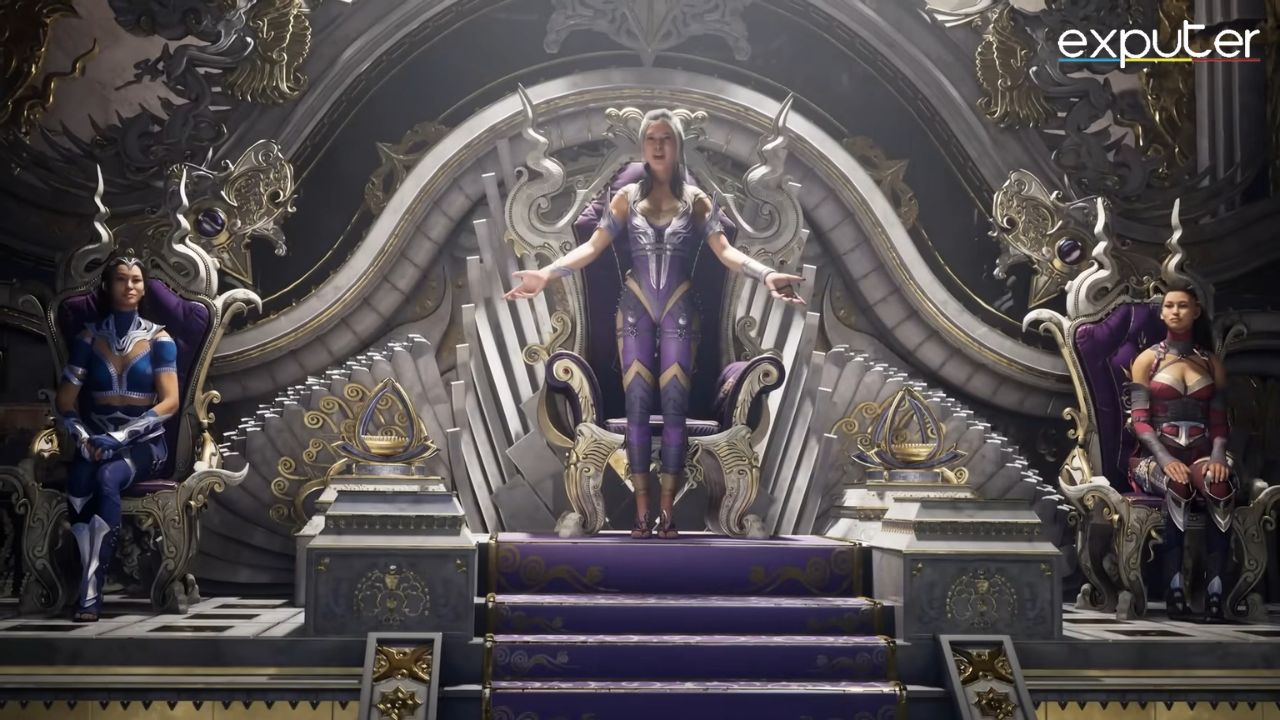
In the blood-soaked arena of Mortal Kombat, the plot has often played second fiddle to the visceral combat that defines the franchise. However, the newest installment takes a daring leap forward by reimagining its complex lore and plunging players into a fresh, yet eerily familiar, universe.
Its story begins where its predecessor, Mortal Kombat 11: Aftermath, left off. The Fire God, Liu Kang, now wields the divine power of an elder god, allowing him to reset the convoluted timeline plagued by countless battles and betrayals.
This narrative reset is a crucial and welcome change. It wipes the slate clean, offering a chance to reinvigorate and reestablish relationships between characters, breathing fresh life into long-standing rivalries and alliances.
Liu Kang’s journey to recruit and train warriors for an impending threat forms the backbone of the narrative. This clear goal provides a sense of purpose, ensuring that players are invested in the unfolding drama from the get-go.
One of the game’s storytelling strengths is its commitment to character development. As players embark on this journey from the very beginning, they get to witness the origins of iconic figures. Mileena’s inner turmoil, Kenshi Takahashi’s tragic past, and the playful rivalry between Kung Lao and Raiden are just a few examples of rich character exploration.
Each character is given their moment in the spotlight, allowing players to connect with them on a deeper level. This approach not only humanizes these larger-than-life fighters but also provides an engaging narrative rhythm.
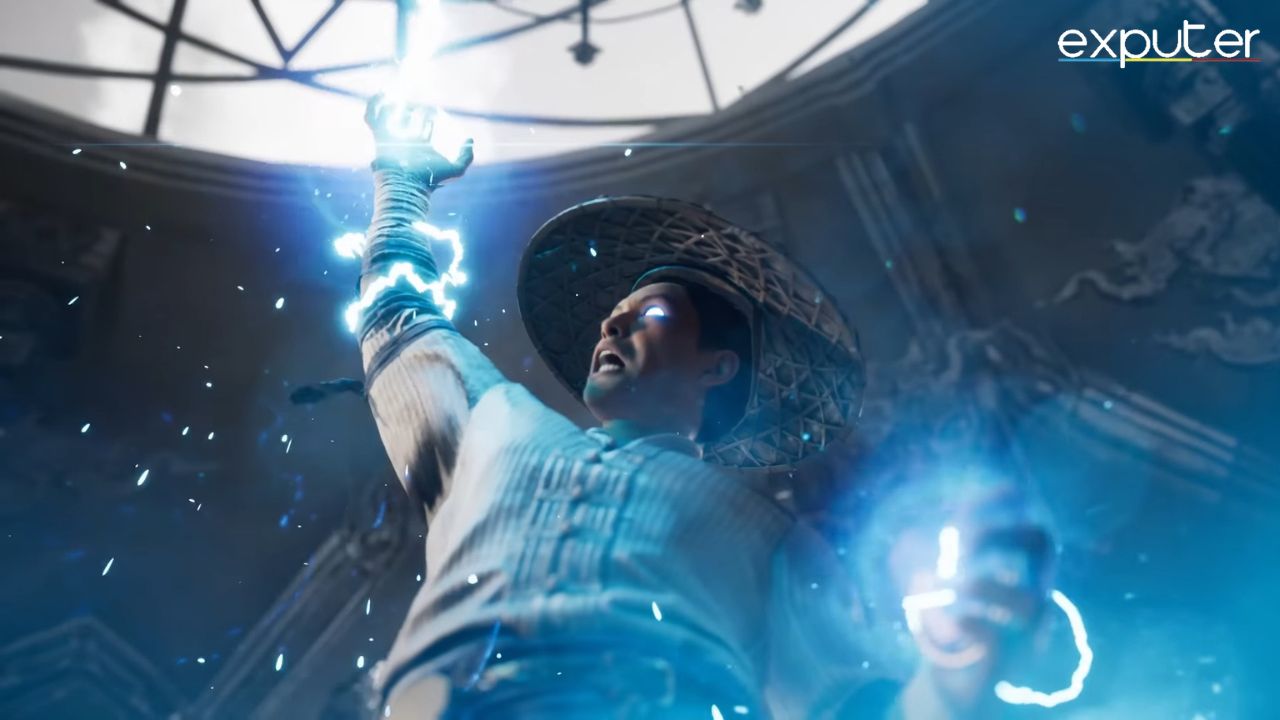
Characters who were once bitter rivals, like Sub-Zero and Scorpion, are now brothers, fighting for the Lin Kuei. This dynamic shift in character relationships adds depth to their partnership and breathes new life into their interactions.
While the game pays homage to the franchise’s roots with familiar characters and iconic phrases like “It Has Begun” and “Compete In Mortal Kombat,” it does so without feeling stale. Instead, these moments of nostalgia are woven seamlessly into the narrative, allowing long-time fans to relish them while providing new players with an engaging introduction to the series’ lore.
Throughout the campaign, players are taken on a journey through various realms, each with its unique atmosphere and challenges. These realms aren’t just backdrops though, they are integral to the storytelling, providing context for the conflicts that unfold.
Whether you’re battling in the eerie, blood-soaked pits of the Netherrealm or navigating the treacherous landscapes of Outworld, the setting enriches the narrative by immersing players in this fantastical, multiverse universe.
This narrative reset is a crucial and welcome change. It wipes the slate clean, offering a chance to reinvigorate and reestablish relationships between characters, breathing fresh life into long-standing rivalries and alliances.
Apart from the main story campaign, Invasions mode is a new single-player mode that features a virtual game board with themed battles and rewards. Players move through the board, facing off against different opponents, unlocking gates, and completing challenges.
These challenges can include Test Your Might or survival minigames. Some battles may have unique modifiers or ambushes by challenging opponents. As you progress, you engage in boss battles with dramatically powered-up opponents.
While Invasions offers a variety of gameplay experiences, it can get repetitive and gritty, as it requires players to complete many battles to unlock certain cosmetic options for characters.
The classic Towers mode also makes a triumphant return, featuring five distinct options to tackle. Each completed tower unveils more of the character’s tale through narration and striking still images. But unlike the dynamic Towers of Time from Mortal Kombat 11, this mode follows a more traditional format, with increasingly difficult battles and added modifiers as you climb.
Gameplay
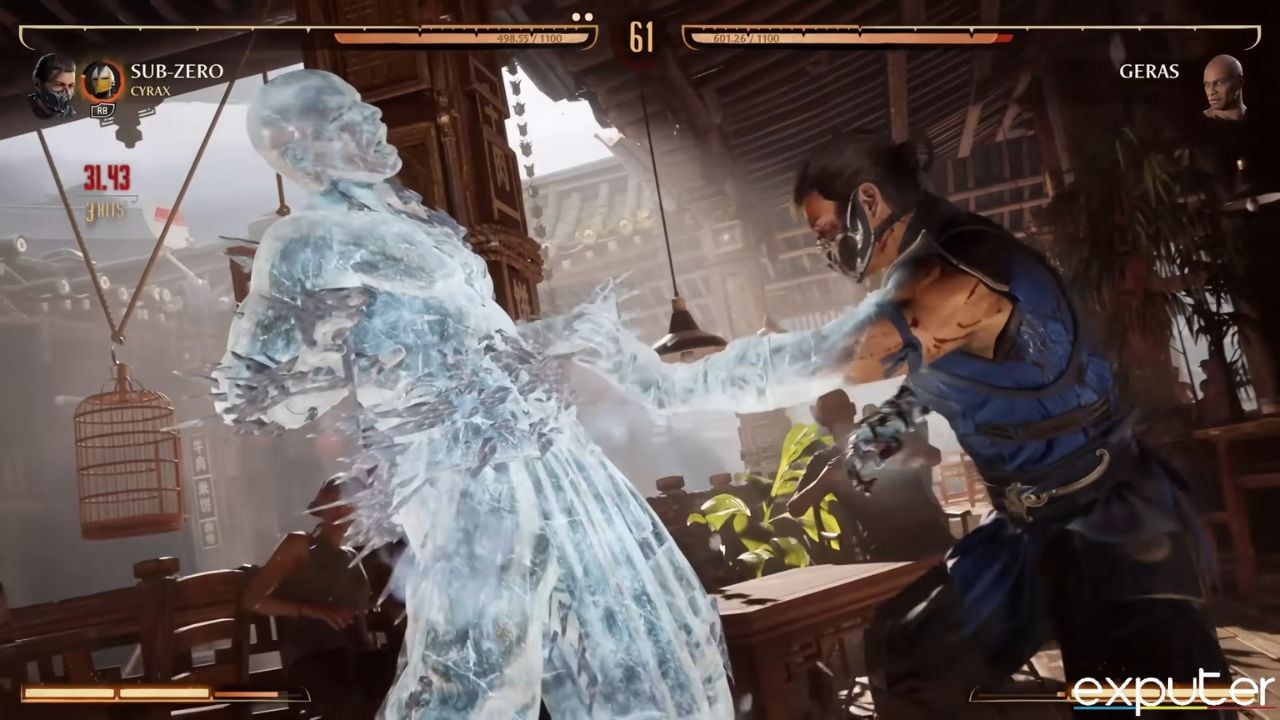
Mortal Kombat has a storied history of reinventing itself with each release, and this installment is no exception. Returning to its roots, the game captures the essence of what made the series iconic: fast-paced, bone-crushing combat.
However, it adds a dash of evolution, bridging the gap between the breakneck speed of Mortal Kombat (2011) and the more methodical pacing of Mortal Kombat 11. This sweet spot strikes a balance that feels just right, giving players a sense of urgency without sacrificing the strategic depth that defines the franchise.
The combat is, quite simply, the best it has felt in years. It’s fluid, responsive, and designed for high-level competitive play. Skilled players will revel in the joy of executing precise combos, countering opponents, and unleashing devastating special moves.
While the core combat mechanics maintain the series’ trademark brutality, there are a number of welcome enhancements. Damage output is increased for all characters, and blocked crouching jabs are now punishable Meter management is simplified with a single meter governing enhanced special moves and other abilities.
Fatal blows are no longer invincible on startup, and crushing blows are removed streamlining combat. Wake-up attacks and rolls are also absent. The introduction of Kameos is the game-changer. Players choose an assist character, their Kameo, in addition to their main fighter.
This seemingly subtle addition opens a world of strategic possibilities. They aren’t mere spectators and are integral to your offensive and defensive strategies.
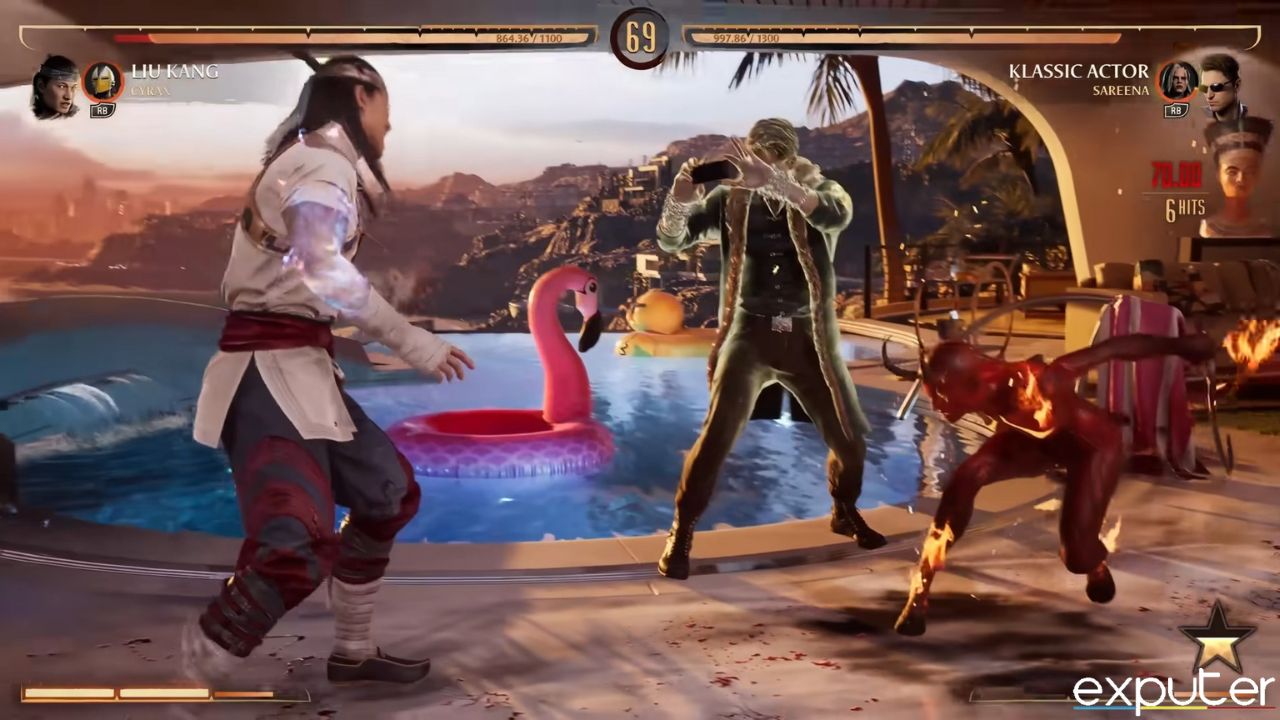
With a press of a button and a directional input, your Kameo leaps into action, adding an unexpected twist to the battle. The timing of these assists is paramount, as they can extend combos, interrupt opponents, or completely shift the momentum of a fight.
This innovative mechanic breathes new life into battles, providing an additional layer of complexity for those who wish to master it. Fatal blows can also vary depending on your chosen Kameo character. This adds an element of surprise and encourages experimentation with different assist fighters.
Aerial combat, often overlooked in the franchise, takes a significant step forward. Players can now launch opponents into the air and perform stylish air combos, expanding the combat possibilities. This addition opens up new ways to connect ground and air-based attacks, adding depth to the gameplay.
Players can now launch opponents into the air and perform stylish air combos, expanding the combat possibilities. This addition opens up new ways to connect ground and air-based attacks, adding depth to the gameplay.
These games have often intimidated newcomers with their steep learning curves. However, Mortal Kombat 1 addresses this issue with one of the most newcomer-friendly tutorials in the fighting game genre. It simplifies complex techniques, allowing players to seamlessly transition from demonstrations to execution with a single button press.
The tutorial also offers a structured approach, gradually building player skills through various stages, culminating in character-specific challenges.
Multiplayer options are as robust as ever, with public and private rooms for both local and online play. The King of the Hill mode replicates the classic arcade experience, allowing players to compete and spectate in a tournament-style setting.
Kombat League, a ranked mode that refreshes with new gear themes every few months, adds a competitive edge for those looking to climb the ranks. However, there are notable drawbacks. Unlike many other modern fighting games, Mortal Kombat 1 doesn’t allow matchmaking while playing other modes, which can be frustrating.
Additionally, there’s no option to create custom rooms for multiple simultaneous matches, and joining a match in progress means waiting without any action, which feels outdated compared to the competition. Crossplay is also missing at launch, and although it is promised in the near future, its absence makes this game lag behind its competitors in online multiplayer functionality.
Visuals And Performance
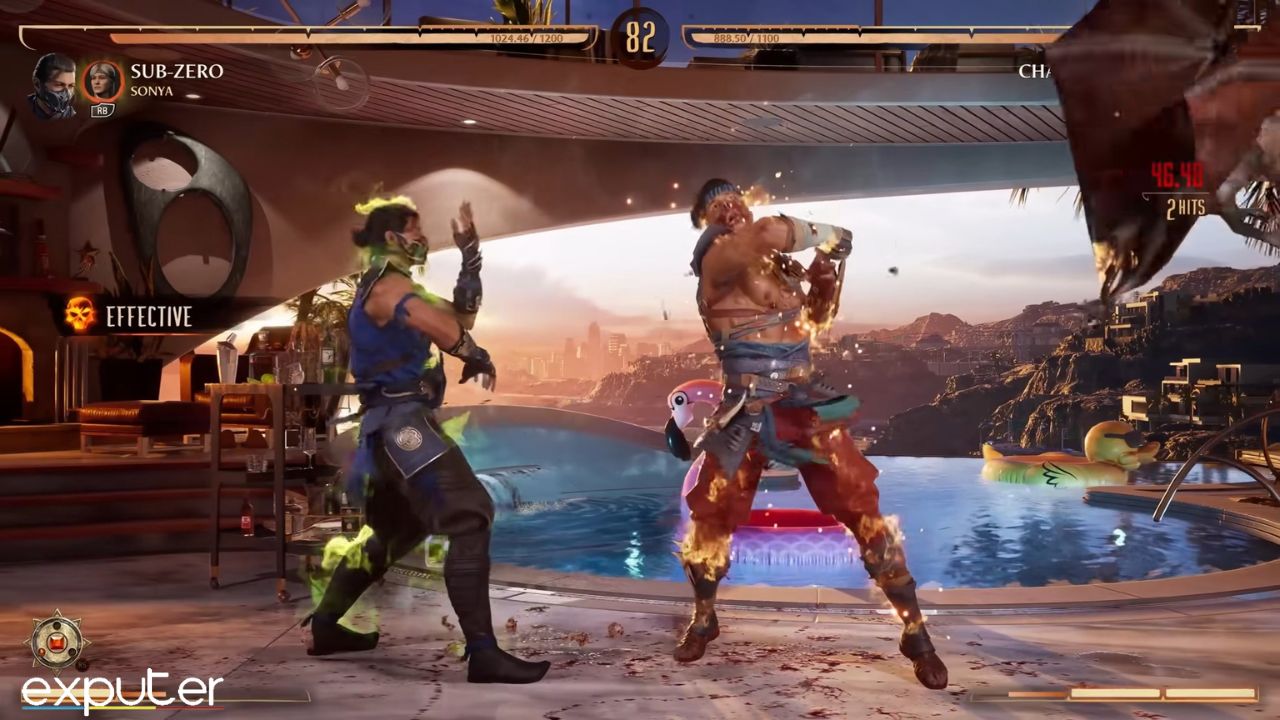
One of the most striking aspects of this title is its meticulously crafted environment. The game’s battlegrounds are works of art, combining gruesome, blood-soaked arenas with stunning visual detail. Each environment tells a story of its own, from the eerie, dimly lit caves to the majestic, otherworldly realms.
The depth in these environments is jaw-dropping, with subtle details like rising smoke and beams of light casting intricate patterns, creating a stark contrast to the brutal violence taking place in the foreground.
Mortal Kombat’s signature fatalities have always been a highlight of the franchise, and in this installment, they reach new heights of visual audacity.
Character fidelity is also taken to the next level. Returning fighters, even those who have been part of the franchise for decades, have been reimagined with incredible attention to detail. Every scar, tattoo, and battle-worn expression is faithfully recreated.
These character models are a testament to the capabilities of modern gaming hardware, showcasing the team’s dedication to bringing these iconic fighters to life.
Mortal Kombat’s signature Fatalities have always been a highlight of the franchise, and in this installment, they reach new heights of visual audacity. The fatalities are not merely gruesome; they are over-the-top spectacles of carnage.
Each character’s unique Fatality is a masterclass in choreographed brutality, leaving players simultaneously cringing and marveling at the sheer inventiveness of the animations.

What sets this franchise apart in the world of fighting games is its ability to blend gore with beauty. While the fatalities are unquestionably violent, they are executed with such precision and artistry that they are a sight to behold.
The game doesn’t just revel in blood and dismemberment; it elevates these acts to an almost balletic level. Beyond its captivating visuals, this game boasts a rock-solid performance that ensures every brutal encounter is a seamless experience.
It runs smoothly, maintaining a consistent frame rate that keeps the action fluid and responsive. This level of performance is essential for a fighting game where split-second reactions can be the difference between victory and defeat.
Verdict
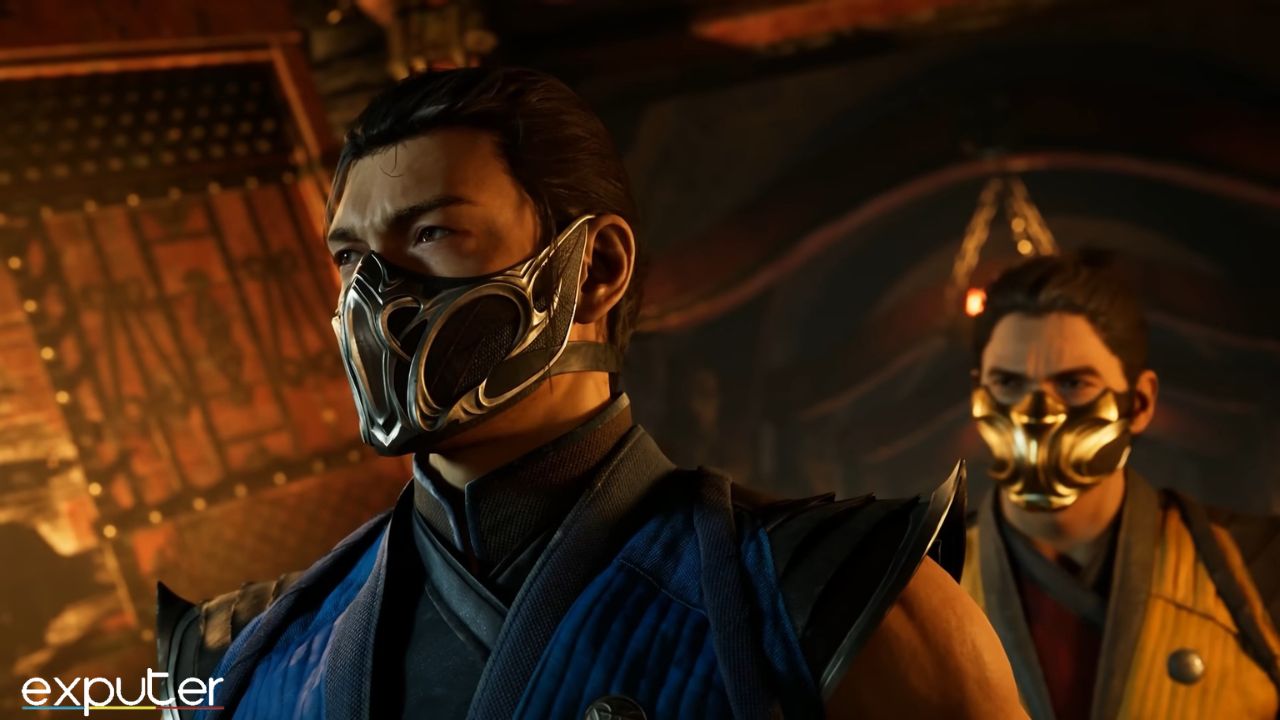
Mortal Kombat 1 is a triumphant return to form for the iconic franchise. With a captivating storyline that reimagines its beloved characters, inventive gameplay featuring the groundbreaking Kameo system, and breathtaking visuals that push the boundaries of the genre, it’s an adrenaline-fueled rollercoaster of gore and glory.
Whether you’re a seasoned Kombatant or a newcomer to the realm, this title offers something for everyone. It’s not just a game; it’s a visceral and visually stunning experience that reaffirms its place as the reigning champion of fighting games. Prepare for a flawless victory.
This has been our Mortal Kombat 1 review. While you’re here, consider checking out some of our other articles.
- Fortnite Review
- NBA 2K24 Review
- Immortals of Aveum Review
- Starfield Review
- Armored Core 6: Fires of Rubicon Review
- Atlas Fallen Review
Thanks! Do share your feedback with us. ⚡
How can we make this post better? Your help would be appreciated. ✍
